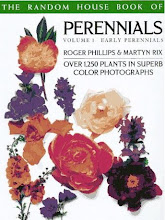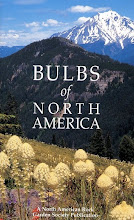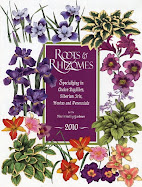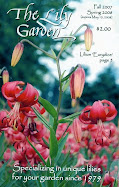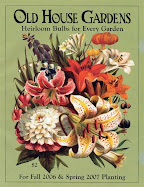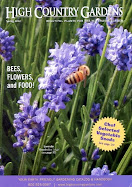Arbutus unedo October 2010
Pinus monticola August 2008
Mahonia repens July 2010
Trillium ovatum March 2010
Ribes sanguineum March 2010
Unless you have very many acres, this garden would more accurately be called a
bosque, than a forest. A bosque is a grove of trees, either
in nature, or
in landscape design. I’m not sure how the word crept into landscaping. It is a Spanish word meaning forest in the larger sense, as in the
bosque amazonico, the Amazon Rain Forest. In American landscape design, the word is pronounced ‘bosk,’ while in Spanish it has 2 syllables. The French use the word ‘bosquet’ to describe a grove, usually contrived. There are famous bosquets at the
château de Versailles.
This garden (or bosque) is designed entirely with plants from dry forests of the coastal Pacific Northwest, although some also grow in moist forests. Plant this garden in sun with some slope (so that is sure to drain) or on ground that is already known to be dry. The
understory (everything but the trees) will grow in shade. The trees want sun. This is intended to be a garden of light, dappled shade. Don’t plant the trees too close together.
Arbutus menziesii (Madrona) does not form a dense canopy.
Pinus ponderosa (Ponderosa Pine) is an open & slender tree.
Thuja plicata ‘Fastigiata’ (Hogan Cedar) is a columnar form of Western Red Cedar.
Pinus monticola (Western White Pine) &
Quercus garryana (Garry Oak) are more spreading. Use fewer of them, spaced widely apart. This garden won’t need irrigation beyond the 1st few summers.
Pacific Northwest Dry Forest Garden Plant List
Trees
Acer circinatum (Vine Maple)
Amelanchier alnifolia (Saskatoon)
Arbutus menziesii (Madrona)
Pinus monticola (Western White Pine)
Pinus ponderosa (Ponderosa Pine)
Quercus garryana (Garry Oak)
Thuja plicata ‘Fastigiata’ (Hogan Cedar)
Shrubs
Gaultheria shallon (Salal)
Mahonia aquifolium (Oregon Grape)
Mahonia nervosa,
Mahonia repens
Holodiscus discolor (Oceanspray)
Juniperus communis (Common Juniper)
Oemleria cerasiformis (Indian Plum)
Philadelphus lewisii (Mock Orange)
Rhododendron macrophyllum (Pacific Rhododendron)
Ribes sanguineum (Flowering Currant)
Rosa gymnocarpa (Dwarf Rose)
Symphoricarpos albus (Snowberry)
Perennials
Groundcovers & Trailers
Pacific Northwest Dry Forest Garden Plan
Trees
Shrubs
Perennials
Groundcovers & Trailers



















































